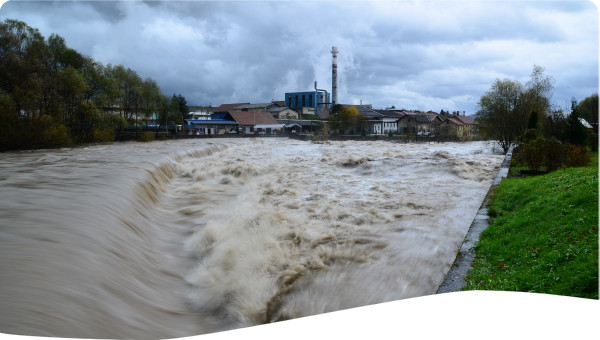Pollution charges are defined as “a fee or tax on the amount of pollution that a firm or source generates” (Stavins, 2003, 4). It is recommended that the charge should be upon: (1) the amount of pollution the firm generates (not its pollution-generating activities) and/or; (2) the expected or potential quantity of pollution. There is not a generally accepted taxonomy of pollution charges, however, some of the most widely known are effluent charges, user charges, product charges, administrative charges, and tax differentiation.
For water resources management, we focus on “effluent charges”. These are designed to reflect the financial and economic costs imposed on society and the environment from discharging wastes and pollutants into water bodies. This has been enshrined in the widely accepted Polluter Pays Principle. An effluent charge should be differentiated from a wastewater or treatment charge (Tool C4.01), which is a payment for services rendered in restoring the wastewater to a quality acceptable for releasing it into the environment.
Effluents charges are believed to be an effective market-based instrument because (Stavins and Whitehead, 1992; United States Environmental Protection Agency, 2021):
- They generate a behavior change in firms to reduce pollution discharges into water courses by modifying their decision making: if it is less expensive to adopt a technology solution, firms will reduce pollution; if it is more expensive, they will pay the effluent charge.
- In that way, effluent charges make firms to internalise the negative externalities they generate with their production. In other words, the charge represents a way to make explicit the costs societies assume for polluting activities.
- From a financial perspective, effluent charges provide a strong incentive for firms to adopt new technologies that allow them to control pollution and reduce the impact of its payment on the balance sheets.
 Tool -
Tool -


